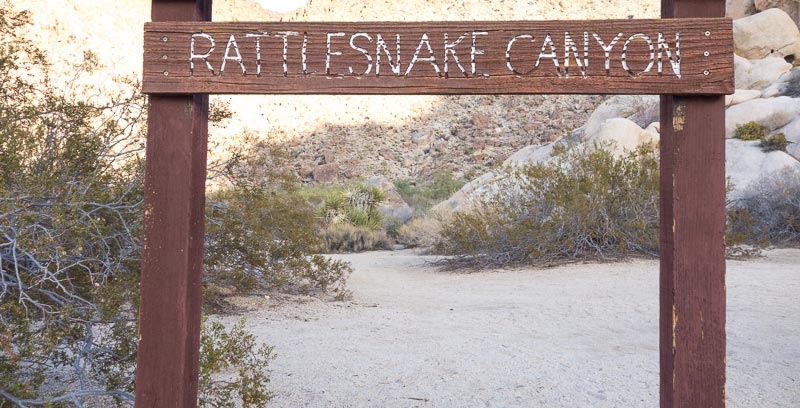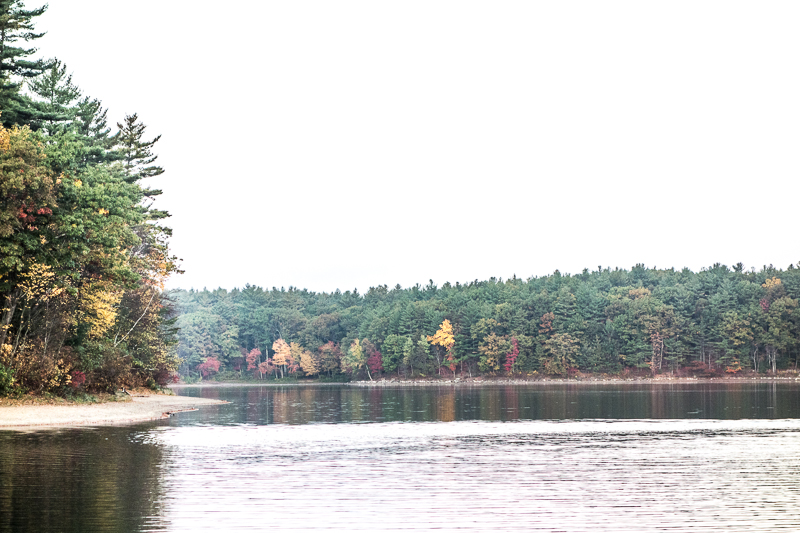After spending a day with my wife after the December Anza Borrego Trip, I decided to head to Nevada to do a 3-day backpacking trip in the Muddy Mountains Wilderness. The boss said I had to come back by Christmas Eve and be available for Christmas. That sounded fair enough.
The weather forecast was better than what I had just experienced in Southern California, so switched out the Trailstar for my Hexamid shelter. All other gear remained the same, for simplicity and because it would be perfect for this trip as well.
I have spent quite a bit of time in the Muddy Mountains, so part of the trip would be an encore and another part would be exploration of parts new to me. I had a fully charged battery in the camera, new AAA’s in the headlamp, and again took my solar Casio watch. There was no time to replace the battery in the Timex Expedition. Also, as I did on my last trip, I did not bring a map. It is pretty easy to get “unlost” in this area. All major washes flow all the way to Lake Mead. So follow any major wash and you will end up at the main road through the northern section of Lake Mead Recreation Area. There is a certain sharpness of mind that is created when you know you do not have a map to reference.
I am not inclined to write another comprehensive trip report, so this will be more of a pictorial tour.




